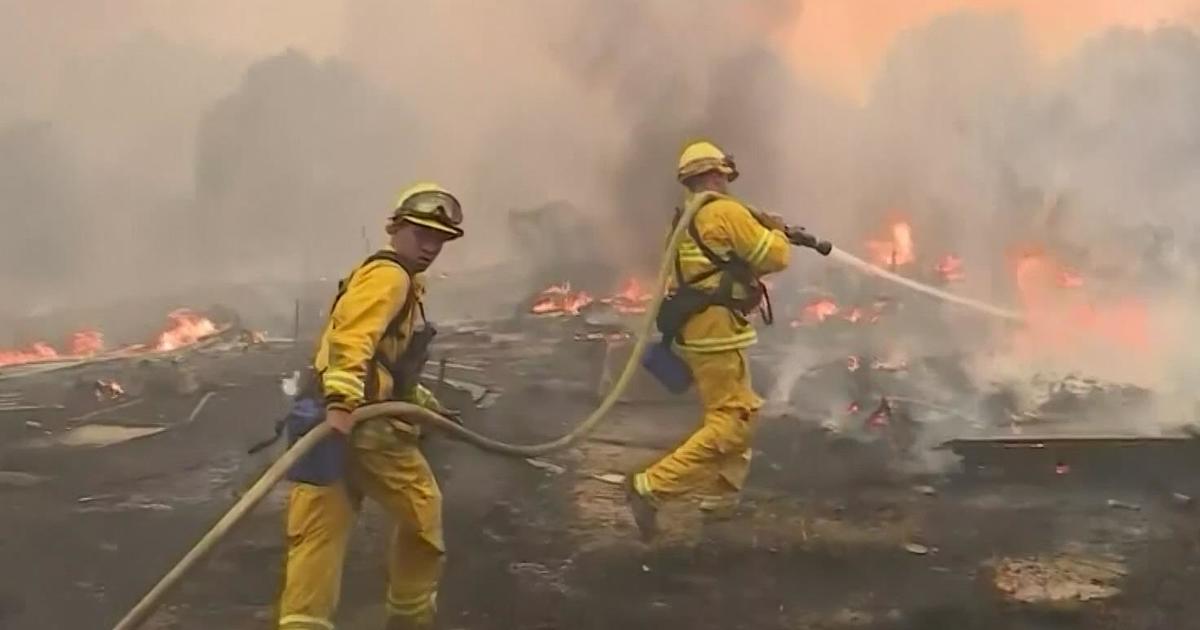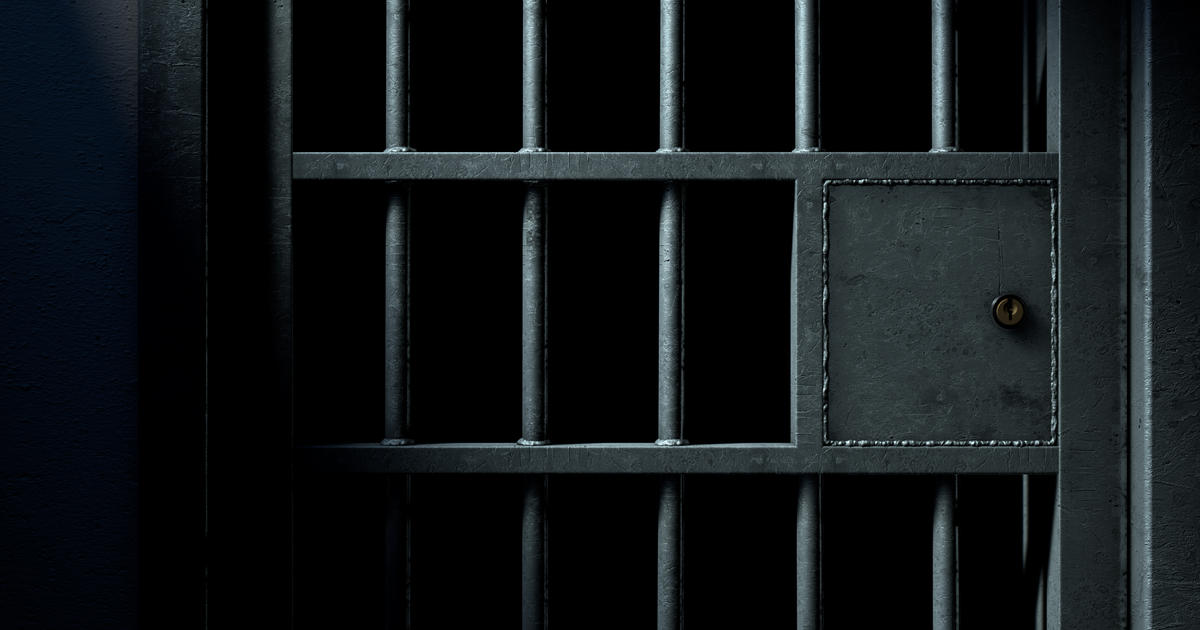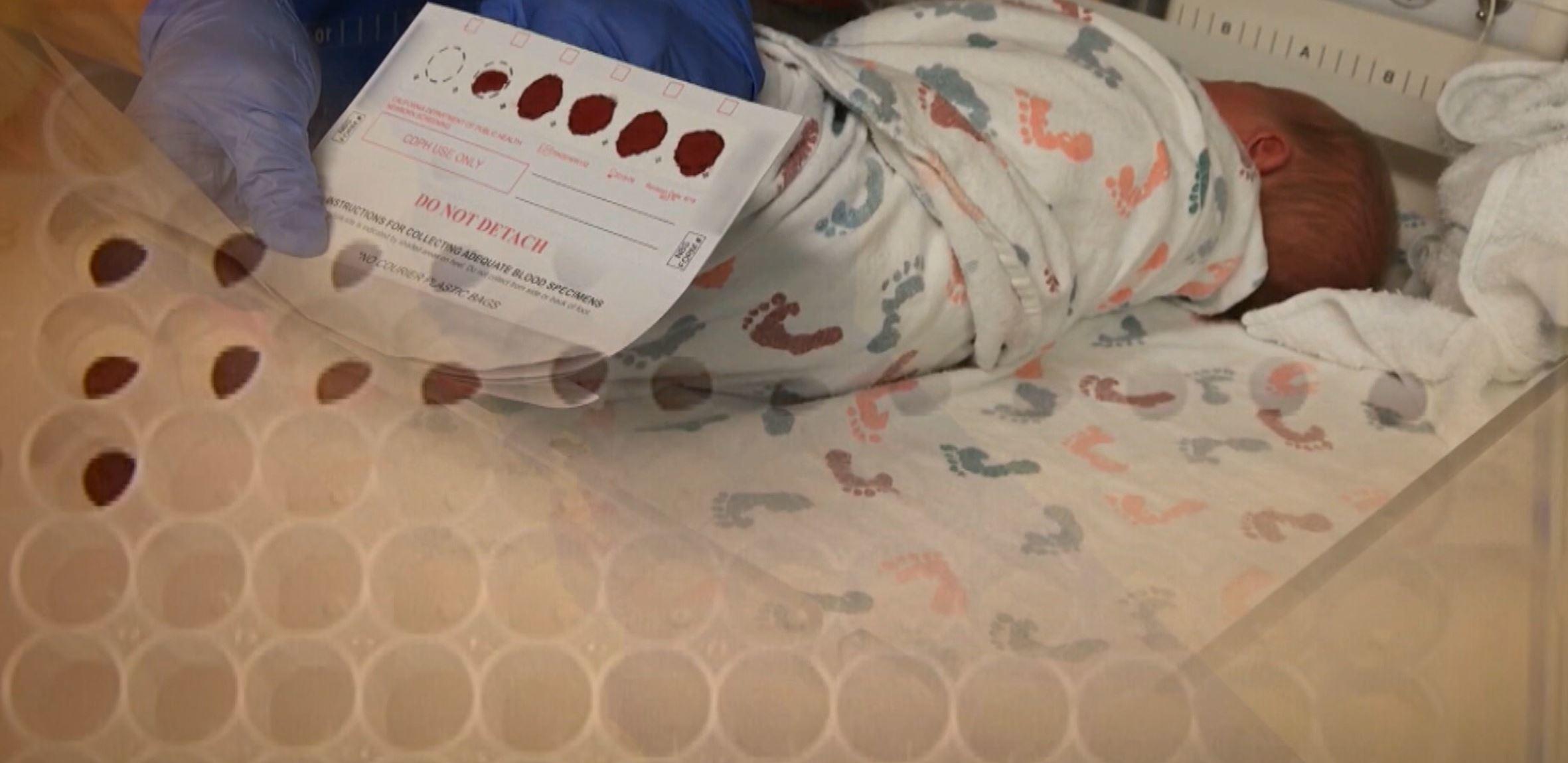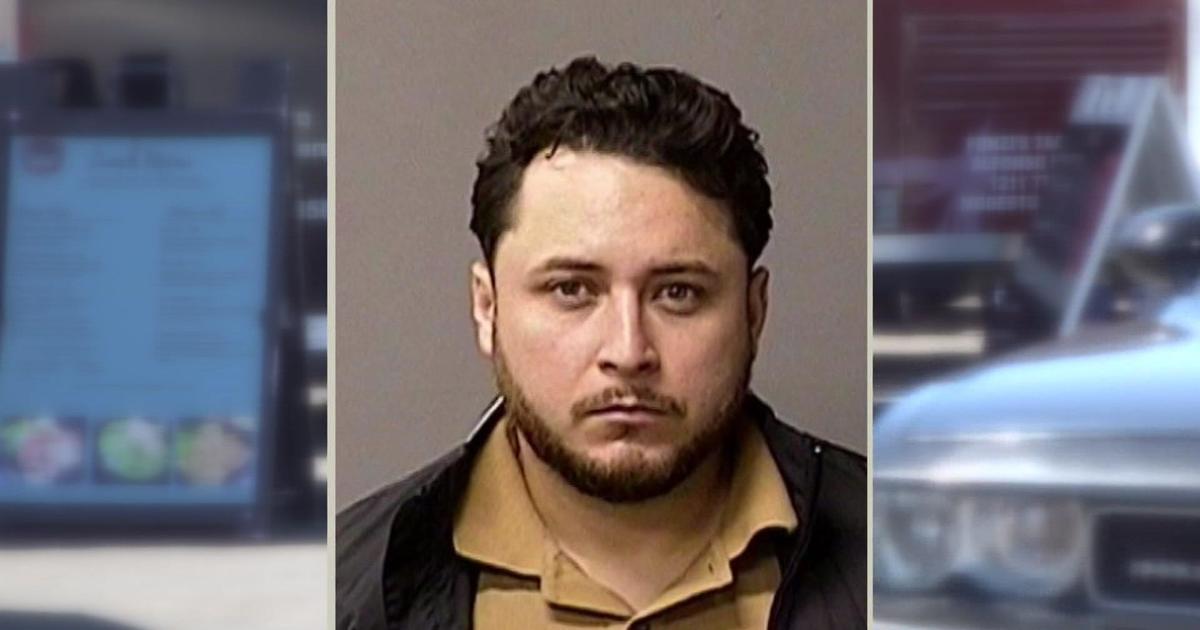Cover Oregon Enrollments No Last Worst In Nation, Now Third Worst
PORTLAND, Ore. (AP) - Oregon is no longer dead last among states when it comes to signing up for private health insurance under the Affordable Care Act, although it's still close to the bottom.
An analysis of new government figures by The Associated Press shows that Oregon is third from last when it comes to enrollments in private coverage when compared with 13 other states and the District of Columbia that built their own exchanges.
Cover Oregon enrolled 2.8 percent of the state's 651,000 uninsured in private insurance during the first three months of the exchange. That translates to more than 18,000 people.
Cover Oregon officials say that's pretty good, considering that the state's online enrollment site still hasn't launched. Oregon has relied on a hybrid paper and online process to sign people up.
"We have not let the fact the website isn't yet fully functioning get in the way of reducing the number of uninsured in our state and giving people access to the benefits they need," Cover Oregon spokesman Michael Cox said.
About 30,000 people also enrolled via Cover Oregon in the Oregon Health Plan, the state's version of Medicaid, and another 100,000 enrolled in the OHP using a process that bypassed the exchange.
When it comes to private insurance enrollees, Massachusetts was last. It enrolled less than 2 percent of its 285,717 uninsured residents in private coverage. Glitches with that state's website also forced residents to use paper applications.
And second from last was Hawaii, where just more than 2.1 percent of that state's 103,764 uninsured people signed up for private insurance via the exchange.
Leading in private coverage enrollment among states that built their own exchanges was Vermont, which signed up a third of its uninsured population of 50,000 via the exchange. It was followed by Connecticut, where 11 percent of that state's 320,000 uninsured signed up for private health care.
States have different circumstances that may skew the calculations. Some of the people newly enrolled in private insurance might also have been previously insured, among those whose policies were slated to be canceled because they didn't meet the law's standards. And in states with a poorer population, a higher number of people meet the Medicaid criteria, so those states may have signed up fewer people for private coverage.
A large number of those included in the total number of uninsured in each state are eligible for Medicaid.
Copyright 2014 The Associated Press.



